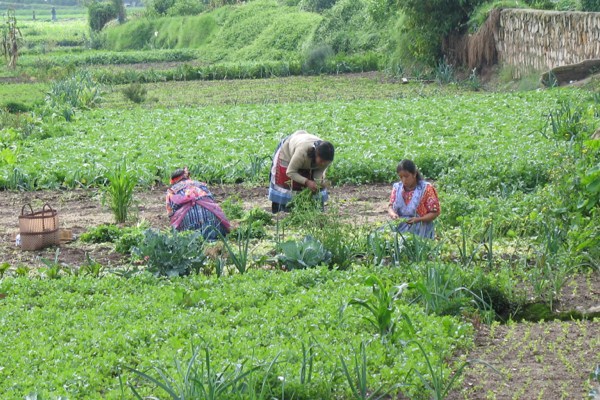While poverty and violence have pushed thousands of Central Americans to take the long and dangerous trek to the United States, the embattled region now faces another challenge: Droughts and torrential rains have all but ruined the harvests of hundreds of thousands of impoverished farmers in Guatemala, El Salvador, Honduras and Nicaragua. And even though climate extremes were exacerbated in recent years by temporary weather phenomena, ill-prepared governments and climate change have put food security in the region permanently at risk.
This summer, the most severe drought in over four decades hit the so-called Dry Corridor, a subtropical highland area stretching from Guatemala to the western fringes of Costa Rica. Not a drop of rain has fallen there between July and September. In Guatemala alone, some 300,000 farming families have lost 70-100 percent of their crops. In El Salvador, Honduras and Nicaragua, the production of corn, a staple product, has fallen by over 10 percent. All in all, an estimated 3 million Central Americans are struggling to feed themselves. Without aid, many of them will run out of food by the end of the year.
“This is a national disaster,” says Waldemar Monroy, a regional coordinator of Guatemala's Ministry of Agriculture in the eastern province of Chiquimula. “Farmers have always lost their crops during the dry season, but never in my lifetime have I seen it happen on such a scale.”

